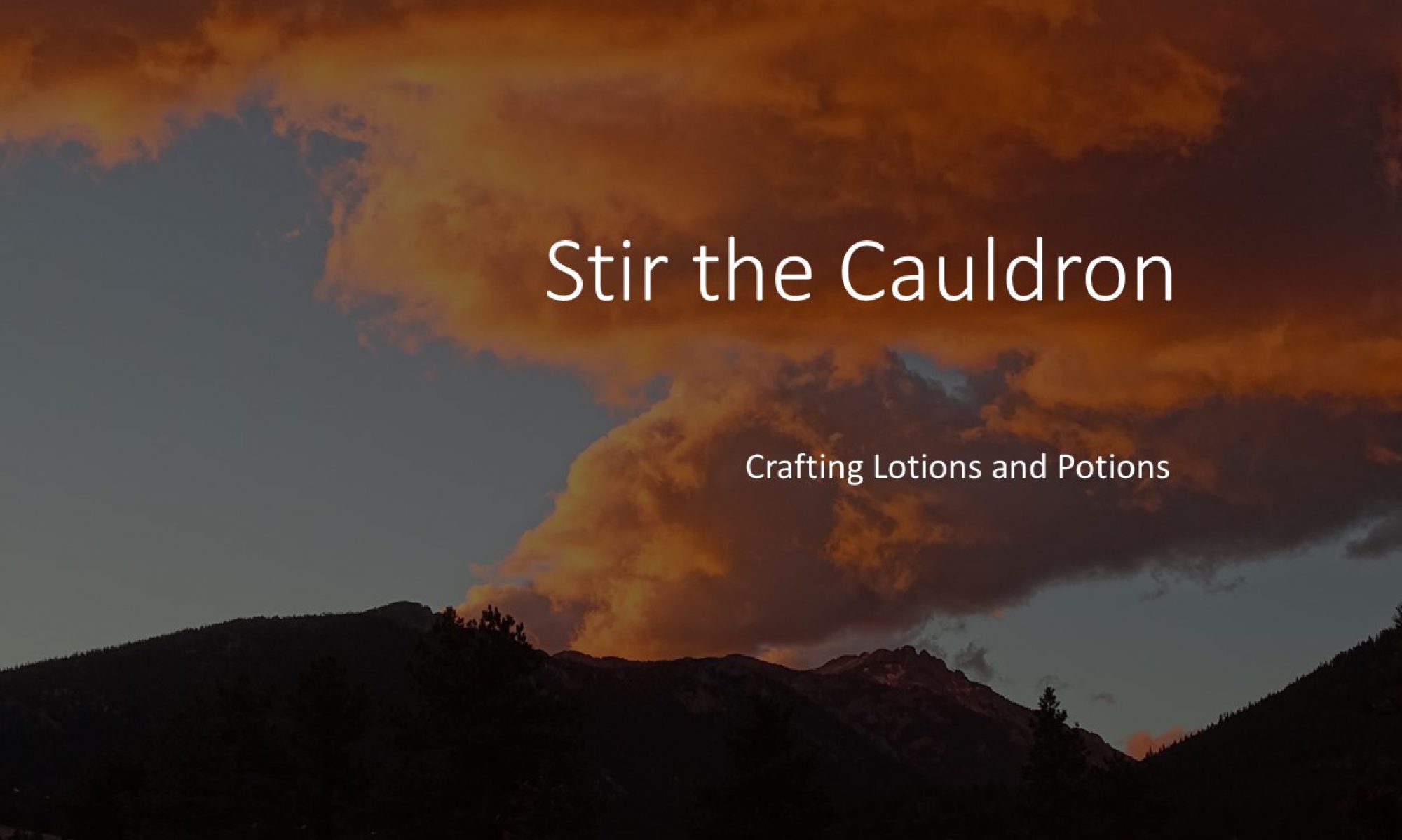
I make candles for my own use, and as gifts. I make them with a blend of soy wax and beeswax. As I deliver gifts of candles there is an exchange that often plays out along the lines:
“I’ve brought you some home-made candles.”
“Oooh! Lovely! Are they scented?”
There’s the look that accompanies the answer “No”. The disappointed look that says:
“Oh. You’re giving me ordinary candles.”
I’ve finally capitulated. I’m starting to venture into making scented candles. But there are some good reasons why I’ve avoided scented candles for so long.
In October 2019 The Metro joined other voices that have questioned whether scented candles were damaging to health. It attributed most of the dangers to the use of paraffin wax in candles, scented or otherwise. It noted that (then) Environmental Secretary Michael Gove “said that candle manufacturers will be told to reduce emissions in their scented candles”. I’m not aware that any such directive has been issued. ( . . . the slimy Gove did gyre and gimble . . .)
I have a deep dislike of many petrochemicals. It’s not so much a moral objection as a physical one. The fumes on the forecourt make my skin prickle when I fill up my car. Paraffin wax candles affect my breathing. Commercially produced scented candles tend to be made with “fragrance oils”, even if the candlewax is vegetable based. So if a visit to a Yankee Candle store brings you joy I’m very happy for you. But please don’t expect me to accompany you. Or to any of many candle shops in malls and High Streets.

Artificial Fragrances
The first artificial fragrances were developed in chemistry laboratories in the latter part of the nineteenth century. Guerlan’s Jicky, launched in 1889, is generally regarded as the first “synthetic” perfume because of the proportion of synthetic fragrances it contains. Some earlier perfumes contained small proportions of synthetic fragrance.
Synthetic fragrances have a lot of advantages for anyone making perfume or scented candles. They are consistent, when natural fragrances can vary enormously in quality and potency. Perhaps most significantly, artificial fragrances are much cheaper than natural ones. The range of synthetic scents is also much wider. Many flower scents are destroyed by heat or solvents so they cannot be extracted from their natural sources, but artificial versions can be formulated. So Yankee Candles can offer fragrances with enticing names like “Mulberry and Fig Delight” or “Passion Fruit Martini”. Sadly these, and all their other offerings, just get right up my nose.
Adding things to candles
My first attempts to make scented candles were based on adding solid material. Many commercial scented candles have pieces of “stuff” embedded in the surface of the wax. I considered adding herbs, flowers, grated spices such as nutmeg or tonka beans, or resins such as frankincense or myrrh. I concluded that such additions could be decorative, but added nothing in terms of fragrance. Myrrh resin just sank:

That’s the problem with solid additions. They sink into the wax as the candle burns, and they don’t release enough fragrance to be significant. Solid additions can float on the surface of the molten wax and begin to burn as extra candle wicks. In the case of a resin such as myrrh or frankincense, the resin sinks to the bottom of the container until the level of the molten wax falls below the resin. Then the combination of wax and resin catches fire, and burns with an intensely hot flame. It’s a formula for turning something incandescent into something incendiary:

Anything embedded in the surface of a scented candle is most likely just decorative, but still potentially a fire risk. Some decorations may be made of wax which should burn safely.
Essential Oils in Candles
I’d suspected I would need to use essential oils to produce naturally scented candles. I’d suspected that I’d need to use quite a lot of essential oil to produce naturally scented candles. Until now I mostly bought essential oils in quantities of about 10 ml, and I used them in quantities measured in drops. (There are about 20 drops in 1 ml of oil.)
My second attempt to make a candle scented with myrrh included two 10 ml bottles of esssential oil in the wax to make four 100 g candles. That made candles comprising 5% essential oil.

The first scented candles that I made with myrrh essential oil seem successful, but the scent was not as strong as I would like it to be.
Gold, Frankincense and Myrrh

Since my first scented candles were made with myrrh, it seemed appropriate to make candles with frankincense and “gold”. (I’ve often wondered what happened to the gold, frankincense and myrrh delivered by the Three Wise Men. But I digress . . . ).
For my second attempt at making scented candles I increased the proportion of essential oil to 7½%. That produced a frankincense version to go with the myrrh candles.
Gold presented a different challenge. While some people may claim to be able to smell gold, it isn’t a recognisable scent. My version added a little candle dye and gold-coloured mica to the candle wax, and enough of my Yule blend of oils to make up 7½% of the candle weight.
And the containers for these candles? They come from Aldi. There’s a free fruit yoghurt with every one.


Thank you for this delicious summation of “scented candles”. You have addressed the same feelings and concerns I’ve had regarding funky smelling fake scents. I especially liked the free yoghurt with the container.